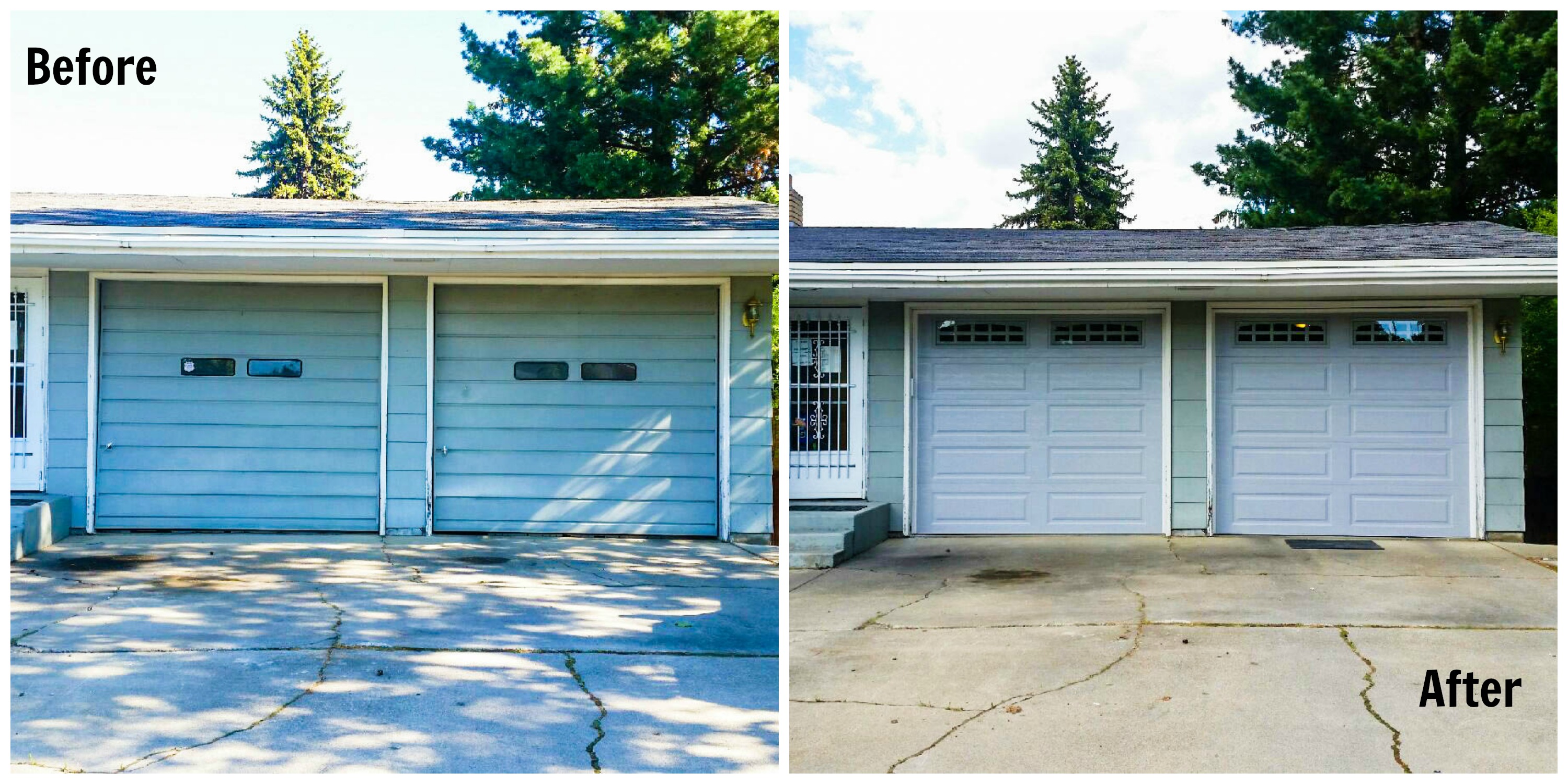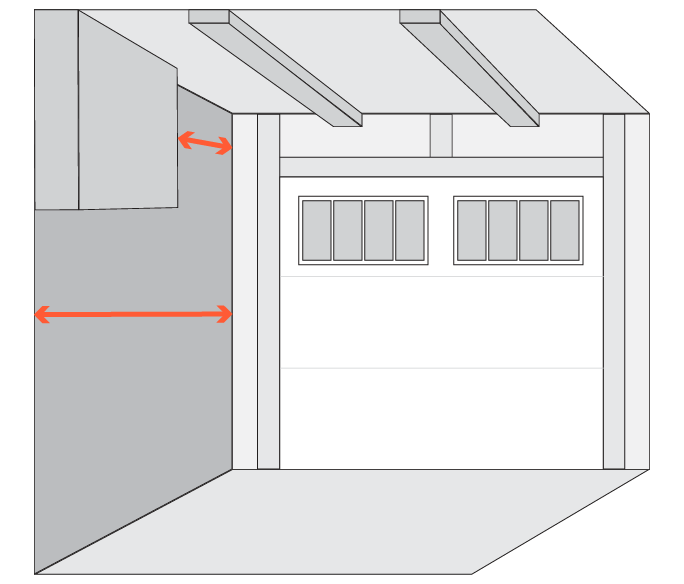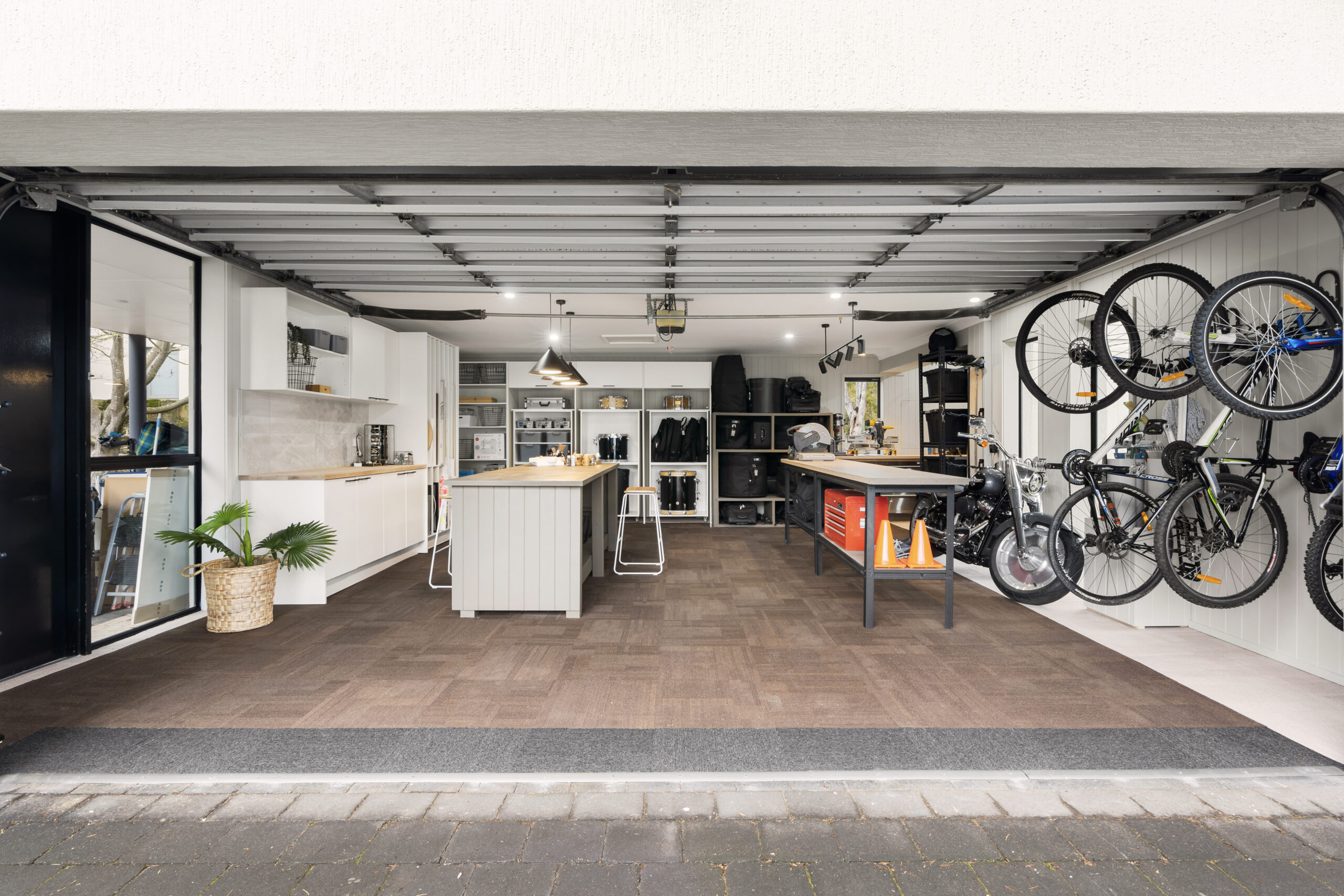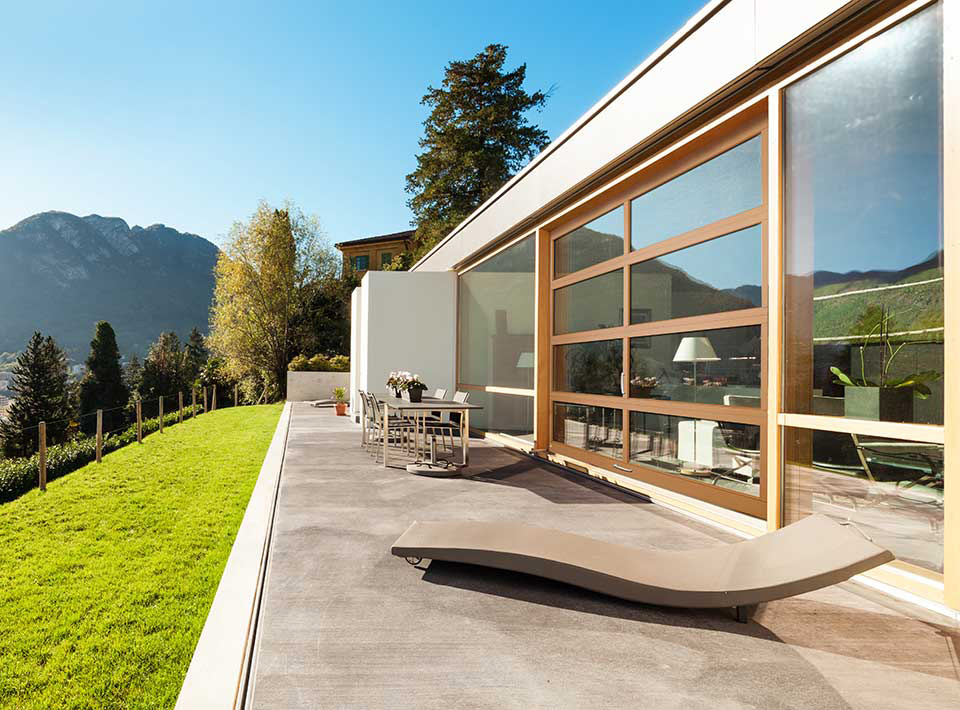Apart from keeping your car safe, your garage door is becoming a real part of your home’s curb appeal. Today's doors look great, durable, and energy efficient. Even if you're replacing an old door or choosing one for a new build, you've got more options than you might expect. Let’s explore how to choose panels that align with your home’s style, climate needs, and budget, without compromising on quality.
Matching Garage Panel Types to Your Needs
Understanding panel types is the first step toward making an informed decision. Your choice impacts not just looks but long-term functionality.
Sectional & Roll-Up Doors: Balancing Space and Efficiency
Sectional panels dominate residential settings, with horizontal sections that roll smoothly along ceiling tracks. Their layered design allows for insulation cores (R‑8 to R‑18), which is ideal for attached garages in colder climates. Neighbor Steve in Minnesota shared how upgrading to insulated steel sections slashed his winter heating bills by 20% while reducing noise from gusty winds.
 Roll-up panels, often seen in commercial settings, stack vertically into a compact coil. These save ceiling space, making them perfect for workshops or garages with low overhead clearance.
Roll-up panels, often seen in commercial settings, stack vertically into a compact coil. These save ceiling space, making them perfect for workshops or garages with low overhead clearance.
Custom Designs: Elevating Curb Appeal
For homeowners prioritizing aesthetics, raised or recessed panels offer style flexibility. Raised designs add depth with dimensional overlays, complementing traditional homes, while recessed panels provide a minimalist, modern look. If you want natural light without sacrificing privacy, you can try frosted or tinted windows.
 Tilt-up panels, though less common today, remain a budget pick for rural sheds or barns. Their single-piece design tilts outward but lacks insulation. This is a dealbreaker for temperature-regulated spaces.
Tilt-up panels, though less common today, remain a budget pick for rural sheds or barns. Their single-piece design tilts outward but lacks insulation. This is a dealbreaker for temperature-regulated spaces.
Buying Custom Garage Panels Online: Smart Strategies
Shopping for garage panels online can save you time and money, but a few smart moves upfront will save you headaches later.
3 Steps to Ensure a Successful Purchase
Precision Measuring: Misaligned panels waste time and money. Use a laser measure for door openings and existing panels, factoring in hinges and tracks.

Material Comparison:
- Steel: Durable and low-maintenance, but opt for galvanized coatings in coastal areas to combat salt corrosion.
- Aluminum: Rust-proof but dents easily. Avoid this for high-traffic side-entry doors.
- Wood: Offers warmth but demands seasonal sealing.
Retailer Vetting: Platforms like Lowe’s and Home Depot simplify the process. Always cross-check warranty terms, companies like Clopay often exclude DIY repairs from coverage.
Securing the Best Prices
Market research reveals steel panels average $250–$500, while wood ranges $400–$900. To save:
- Time purchases with holiday sales.
- Compare total costs including shipping.
- Prioritize panels with at least a 10-year prorated warranty against rust or layers peeling apart (“delamination”).
Material Showdown: Climate-Driven Choices
Your local weather dictates the best materials:
- Humid/Coastal Regions: Fiberglass resists moisture but can crack in subzero temps. Pair with dehumidifiers.
- Hail-Prone Areas: Triple-layer steel panels with polyurethane cores (R‑12+) withstand impacts.
- Fire-Prone Zones: Commercial-grade aluminum panels meet stricter fire codes, though they lack steel’s dent resistance.

DIY Kits vs. Professional Systems: When to Invest
While DIY solutions like PVC panels suit temporary storage needs, commercial systems excel long-term. A Chicago retrofit project highlighted the gap: after two harsh winters, a DIY fiberglass kit warped, while a neighbor’s steel slatwall system remained intact.

Eco-Friendly Trends: 2025’s Standouts
Sustainability now drives garage design:
- Recycled Steel Panels: Made from 60%+ recycled content, these reduce landfill waste and often qualify for energy tax credits.
- Smart Tech Integration: Wi-Fi-enabled doors sync with home systems, letting users track energy use or receive maintenance alerts.
- Solar-Ready Designs: Panels with embedded conduits simplify future solar upgrades.

Warranties and Quality Assurance
Trustworthy manufacturers back products with:
- 10-Year Prorated Warranties: Coverage for steel panels often decreases annually after year two.
- Third-Party Testing: Look for ANSI/DASMA 110 ratings ensuring wind resistance and durability.
- Professional Installation Guarantees: Authorized dealers offer 1-year labor warranties, critical for avoiding DIY mishaps.
Conclusion: Build Smarter, Not Harder
When you're picking garage panels, it's tempting to go with the cheapest option upfront. But spending a bit more on insulated steel or composite panels usually pays for itself through lower energy bills and fewer replacements down the road. Before you buy, ask for samples to check the finish quality, and don't overlook eco-friendly options. Apart from being good for the planet, they're also a smart investment that'll likely save you money in the long run.
 Ready to visualize your ideal garage? Share a photo of your space to receive tailored panel recommendations.
Ready to visualize your ideal garage? Share a photo of your space to receive tailored panel recommendations.

